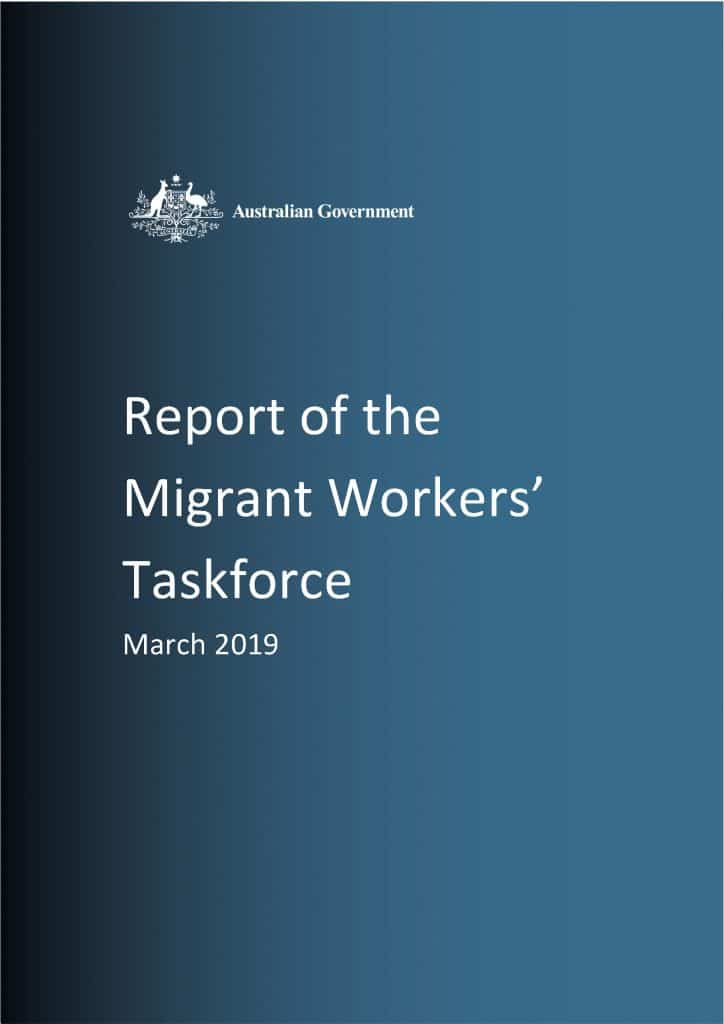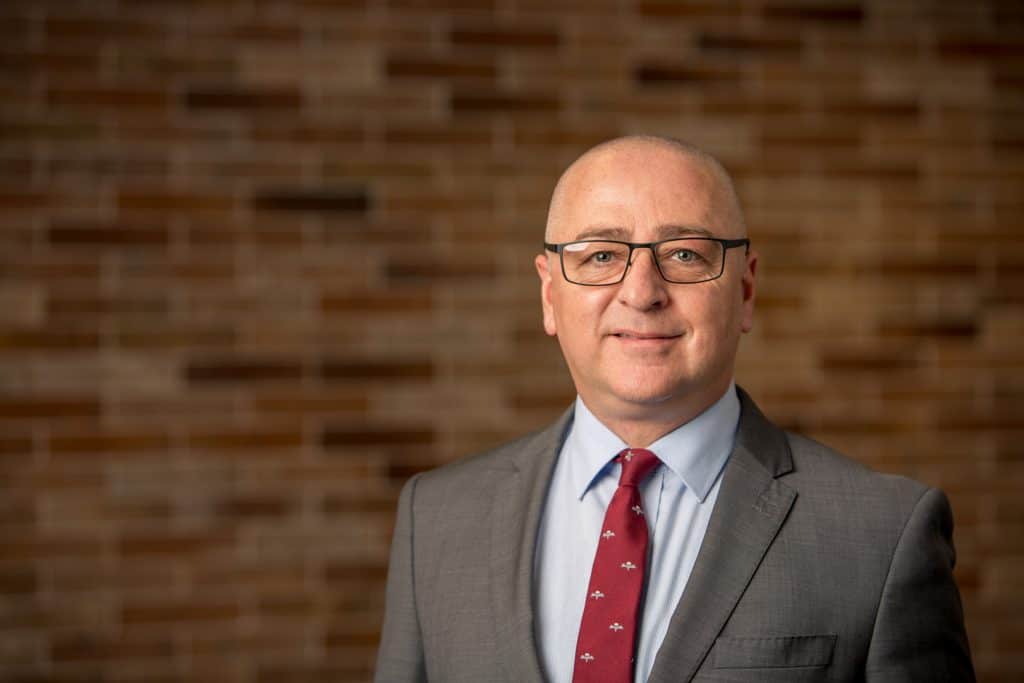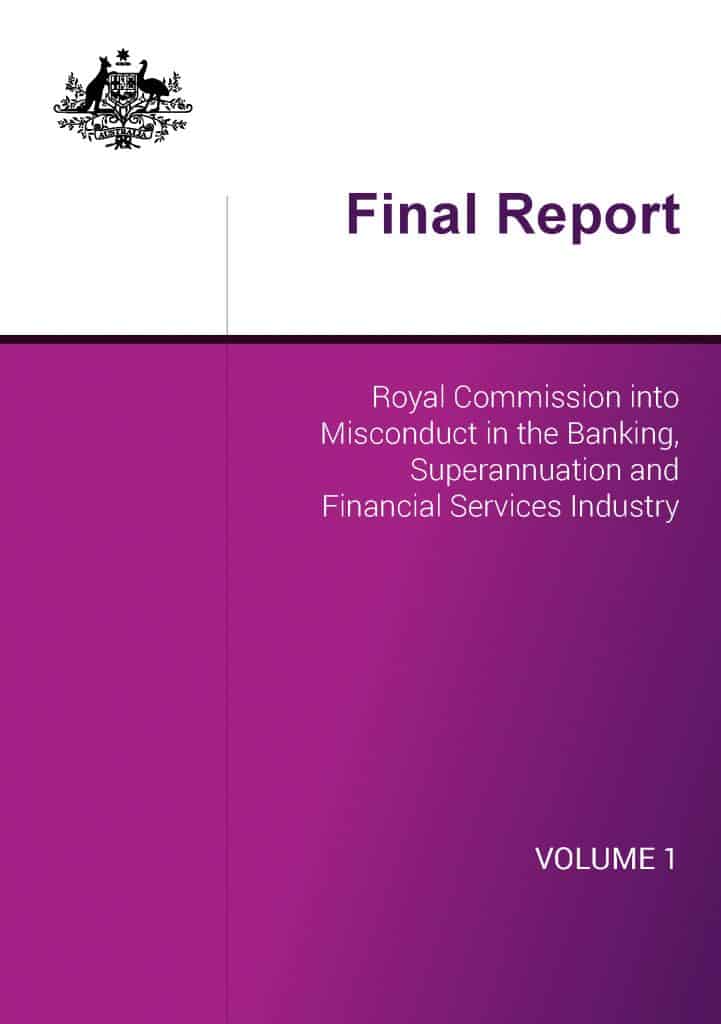Last week the Australian media was dominated by discussions on the Federal Budget and it being the precursor to a Federal Election in May 2019. But there were several actions in the few scheduled days of Parliament which relate to occupational health and safety (OHS). Below is a summary of some of them.
Labour Hire

In support of the Morrison Government Budget, Minister for Jobs and Industrial Relations, Kelly O’Dwyer, issued a media release stating that in response to Migrant Workers Taskforce Report, the Government (should it be re-elected, in reality) will establish:
“….a National Labour Hire Registration Scheme to ensure compliance and transparency in the labour hire industry in high-risk sectors;”




